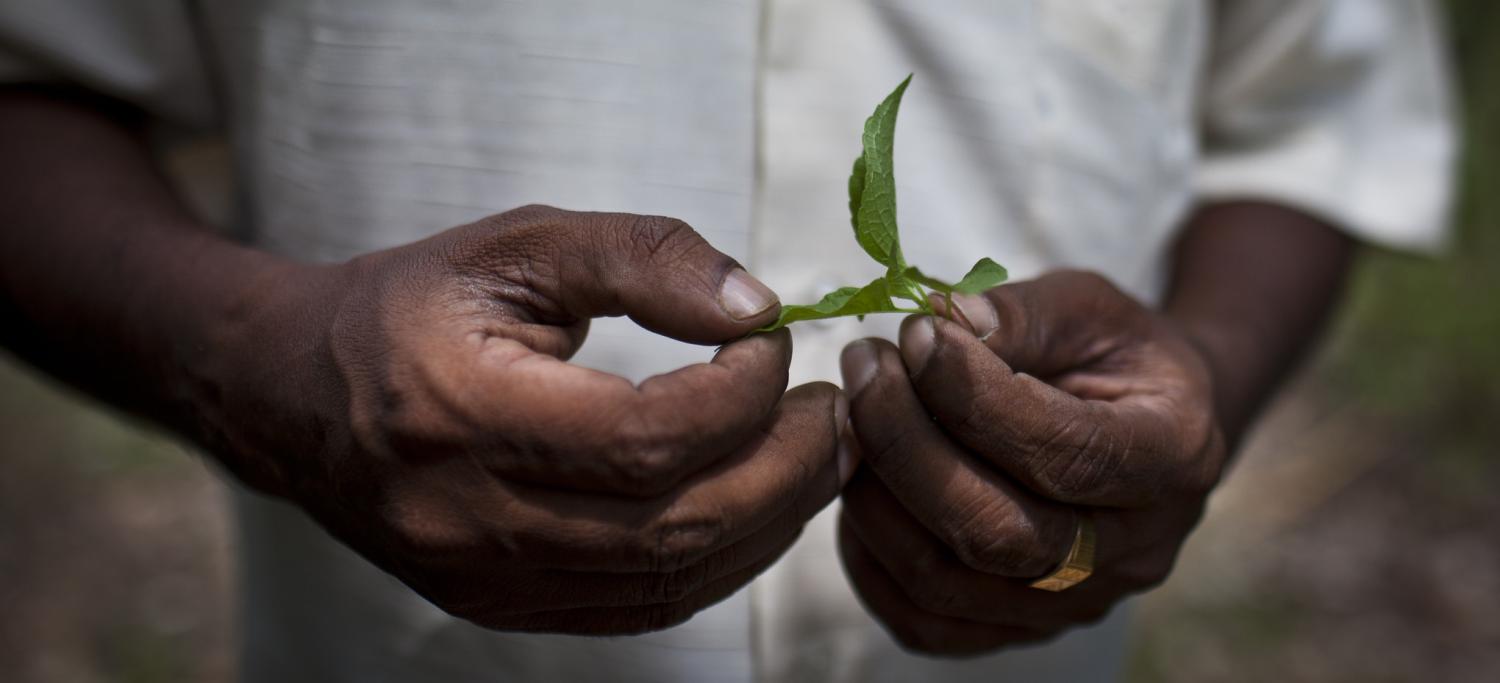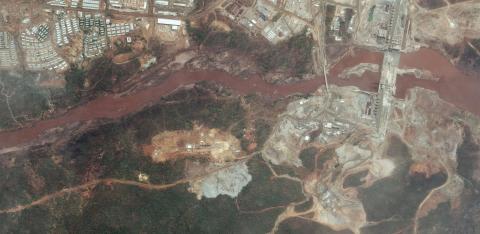In a recent article in the Australian Financial Review, Treasurer Scott Morrison endorsed the use of impact investing: investment with the goal of achieving a social result as well as a financial return. Such a strategy attempts to address problems or needs through market-based, for-profit models that generate a self-sustaining revenue stream.
The Treasurer provided examples of domestic impact investments in areas such as healthcare, but a similar approach is revolutionising overseas development assistance. Australia should follow this revolution in foreign aid and engage in the growing market for 'impact' or 'social' investing and consider creating a sovereign Development Finance Institution (DFI) of its own.
Australia's total contribution to foreign aid in 2016-17 was $3.8 billion, or approximately 0.25% of Gross National Income (GNI is the usual reference point for a country). This was below the average of 0.32% of GNI recorded last year by the 29 countries of the Organisation for Economic Co-operation and Development, leaving Australia ranked 17th among them. Australian aid has fallen from $4.3 billion in 2011-12, or 0.36% of GNI, at a time there was also a bipartisan commitment to increase Australia's foreign aid budget to 0.5%t of GNI.
With Australia's aid budget now much smaller, it is important to be more efficient and effective. The estimates for future market growth in impact investment range between US$450-650 billion over the next five years. This would represent around four times global foreign aid of US$143 billion in 2016.
Creating a DFI would allow Australia to augment its future aid activities by providing finance to the private sector for investments that promote economic development in aid recipient countries. By making loans, taking equity positions and/or providing risk guarantee instruments, a DFI can support private sector investments in developing countries.
There are at least four reasons why establishing an Australian DFI is timely.
First, achieving the greatest impact with an aid budget even less than once forecast. By way of example, the British government's DFI, known as CDC Group, has obtained a return of 7% over the last five years. This demonstrates that after a government donates the initial capital, a DFI can survive on little financial support to achieve its substantial annual impact: in 2016 CDC claims to have created a million new jobs.
Second, in addition to the United Kingdom, virtually every OECD country has a DFI, including the US, Germany, France and most European nations. Were Australia to follow the lead of these countries, its DFI would provide the same complementary element to its traditional aid budget. Using impact investment as part of the aid program would also be consistent with the four tests for Australia's aid program, as reiterated in the Foreign Policy White Paper last month, particularly in delivering 'results and value for money'.
Third, donors are putting less money into aid and grants and more into impact investments in areas such as financial technology (Fintech), renewable energy, infrastructure, healthcare and education. An early example of a highly successful impact investment is the Mexican microfinance institution Compartamos; one initial investor realised a staggering 134 times its US$ 1million investment, over a period when Compartamos grew to reach 660,000 clients, 98% of whom were poor women.
Over the last two decades, Australian aid has also 'invested' between $10-30 million per annum in microfinance through grants. While this has achieved social impact, not a cent has returned to the country. A DFI would place Australia at the forefront of this new form of development assistance. This would also allow Australia to transition its aid program away from grants only to other instruments, such as debt, equity and guarantees, which are already part of many countries' aid programs.
Finally, an Australian DFI could provide a permanent institution in which to build expertise in private sector development and foreign aid generally. Such specialised skills have become less evident in Australia since the merger in 2013 of AusAID into the Department of Foreign Affairs and Trade.
There is a recently issued DFAT 'likely procurement' proposal to 'invest' (ie grant) $40 million of the aid budget into an 'Emerging Markets Impact Investment Fund', to help address access to finance challenges for small and medium enterprises in Asia. Australia should go beyond that and create a DFI to manage such funds, with other advantages to Australia and developing neighbours in the Indo-Pacific region and elsewhere.

